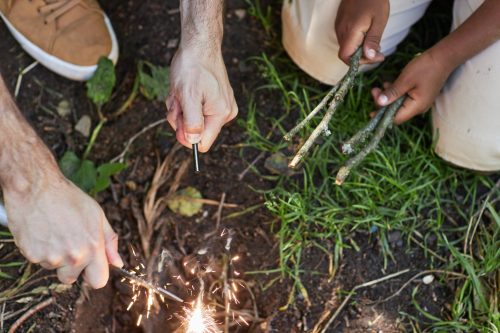Table of Contents
- Improve your Survival Skills with Knowledge and Training:
- Improve your Survival Skills by learning First Aid:
- Improve your Survival Skills with Wilderness Survival Courses:
- Improve your Survival Skills with Practice:
- Improve your Survival Skills with Fitness:
- Proper Mindset will Improve your Survival Skills:
- Improve your Survival Skills with a proper Survival Kit:
- Gain Local Knowledge to Improve your Survival Skills:
- Learn Hunting and Gathering to Improve your Survival Skills:
- Develop a Community to Improve your Survival Skills:
- Wilderness versus Urban Survival Skills
To Improve your survival skills involves learning and practicing a variety of skills that can keep you safe in emergency situations, particularly those involving the outdoors. Here are some suggestions:
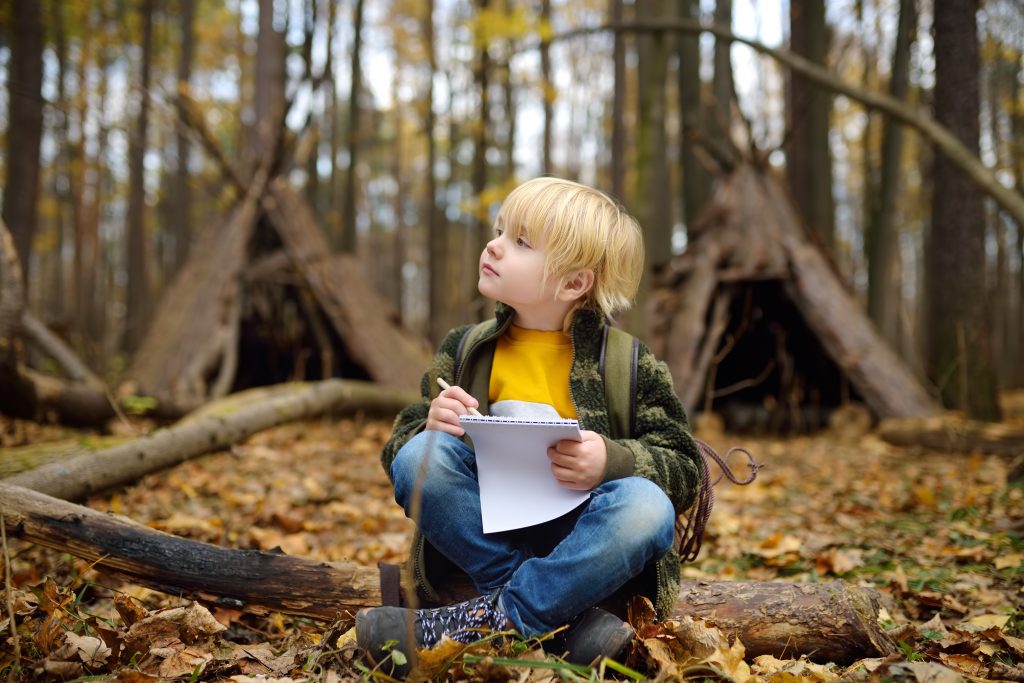
Improve your Survival Skills with Knowledge and Training:
Start with basic outdoor survival knowledge. This can include understanding how to navigate using a compass, understanding weather patterns, and identifying signs of different animals. You can find a variety of online courses, books, and videos on these subjects.
- Navigation Skills:
- Using a Compass: A compass works by aligning itself with the Earth’s natural magnetic field, which allows you to find the cardinal directions: North, South, East, and West. This skill is essential for navigation in the wilderness. A common type of compass is the baseplate compass, which has a magnetized needle that spins to align with magnetic north. You can use the orienteering lines on the compass to match it with a map of the area you’re in to find your bearings.
- Map Reading: This involves understanding topographic maps which display three-dimensional landscape on a two-dimensional surface. Features to recognize are contour lines (which indicate elevation and the shape of the terrain), colors (which can denote different types of environments), and symbols (which represent various natural or manmade features).
- Natural Navigation: This involves using the environment to find your way. This can include navigating by the stars, observing the sun’s position, or noticing how moss tends to grow on the north side of trees in the northern hemisphere (but remember, these are not foolproof methods).
- Understanding Weather Patterns:
- Cloud Reading: Clouds can tell us a lot about the incoming weather. For example, cumulus clouds are fluffy and white with flat bottoms, typically indicating good weather. However, if they begin to pile up and darken, this can signal a coming storm.
- Pressure Changes: A sudden drop in air pressure typically signifies that bad weather is on its way. Some outdoor watches include a barometer to measure atmospheric pressure.
- Wind Direction and Smell: Winds often change direction and speed based on the coming weather. An ‘onshore’ breeze might bring in moist air and potential precipitation. Certain smells, like a sharp, fresh aroma, can precede rainfall as plant oils are released into the air.
- Identifying Signs of Different Animals:
- Tracks: Learning to identify animal tracks not only helps you avoid potentially dangerous animals but could also aid in hunting.
- Droppings: Similar to tracks, droppings can tell you what types of animals are in the area.
- Sounds: Many animals have distinctive sounds that can help you identify them without seeing them. There are many guides available for learning these sounds.
- Signs of Feeding: Chewed leaves, dug up earth, or stripped bark can indicate what type of animal has been feeding in the area.
There are many online resources available that can help you Improve your Survival Skills. Websites like Coursera, Udemy, or even YouTube have comprehensive courses on these topics. A variety of books such as “Bushcraft 101” by Dave Canterbury or “SAS Survival Handbook” by John ‘Lofty’ Wiseman provide a wealth of knowledge on survival techniques. Additionally, local outdoor or adventure clubs often offer training sessions or workshops where you can practice these skills in a safe, controlled environment.
Improve your Survival Skills by learning First Aid:
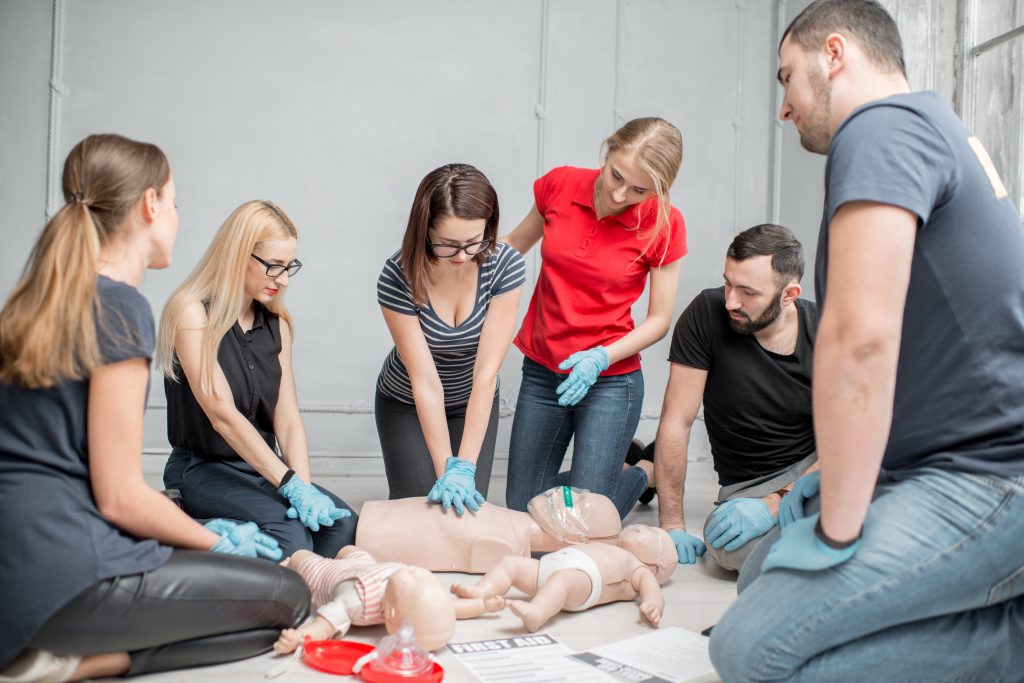
First Aid and CPR (Cardiopulmonary Resuscitation) are vital skills that everyone, especially those venturing into the wilderness, should possess. They can save lives in emergency situations where professional medical help is not immediately available.
- First Aid: The primary goal of first aid is to prevent a person’s condition from worsening until professional medical help can be reached. Here are some areas often covered in a first aid course:
- Wound Care: This involves understanding how to clean and dress wounds to prevent infection and promote healing. This can range from minor cuts and scrapes to more severe wounds like punctures or burns.
- Splinting and Bandaging: If someone breaks a bone or sprains a joint, it’s essential to know how to properly immobilize the injury to prevent further damage. This often involves using a splint or bandages.
- Recognizing and Responding to Signs of Shock: Shock is a life-threatening condition that requires immediate medical attention. Symptoms can include cold and sweaty skin, irregular heart rate, rapid breathing, nausea, or fainting.
- Dealing with Heat or Cold-Related Illnesses: This can include heat stroke, heat exhaustion, hypothermia, or frostbite. Each of these conditions requires a specific response, such as moving the person to a cool place, removing excess clothing, or slowly rewarming them.
- CPR: CPR is a lifesaving technique that is used when someone’s heartbeat or breathing has stopped, such as in cases of heart attack or drowning. A CPR course will typically teach:
- Chest Compressions: This involves applying pressure to the person’s chest to help blood continue to circulate.
- Rescue Breaths: If a person is not breathing, you may need to provide rescue breaths to get oxygen into their lungs.
- Use of an AED: An Automated External Defibrillator (AED) is a device that can deliver an electric shock to the heart to try to restore a normal rhythm in cases of sudden cardiac arrest.
First Aid and CPR courses are widely available and often provided by organizations such as the American Red Cross. Some courses are tailored specifically towards wilderness first aid, teaching how to adapt first aid principles to the challenges presented by remote, outdoor environments. These are highly recommended for anyone planning on spending extended periods in the wilderness.
Remember, while understanding first aid and CPR is essential, it is always important to seek professional medical help as soon as possible in an emergency.
Improve your Survival Skills with Wilderness Survival Courses:
Take part in organized survival courses or wilderness survival workshops. These are often led by experts and can provide hands-on experience in survival techniques such as building shelters, starting fires, finding water, and identifying edible plants.
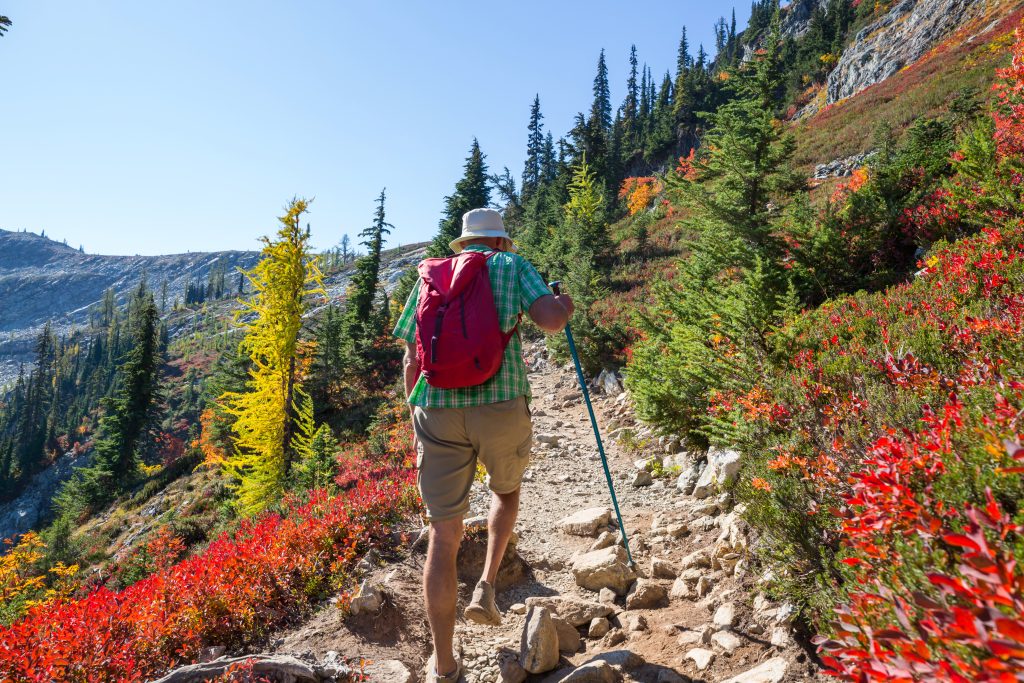
Wilderness survival courses are designed to equip participants with practical skills and knowledge needed to survive in different outdoor environments. Here are some key elements that are often covered in these courses to Improve your Survival Skills:
- Shelter Building: One of the first priorities in a survival situation is to protect yourself from the elements. You’ll learn how to build different types of shelters using materials found in nature, such as a lean-to, A-frame, or debris hut, depending on your environment and the materials available.
- Fire Building: Fire is essential for warmth, cooking food, purifying water, and signaling for help. In a wilderness survival course, you’ll learn different techniques to start a fire, such as the hand drill method, flint and steel, or a magnifying glass. You’ll also learn how to prepare the right kind of tinder, kindling, and firewood to keep the fire going.
- Water Procurement and Purification: Finding and purifying water is crucial. You’ll learn how to find water sources in different environments, collect rainwater, extract water from plants, and how to purify water using boiling, filtration, or chemical treatment.
- Food Procurement: While you can survive for weeks without food, it can greatly impact your energy levels and ability to think clearly. Survival courses often teach basic foraging and hunting techniques. You’ll learn how to identify, collect, and prepare edible plants, how to set traps or snares for small animals, and in some courses, you may also learn primitive fishing techniques.
- Navigation Skills: Basic map and compass skills are often covered, along with more advanced navigation techniques like using the stars or understanding the movement of the sun.
- Wilderness First Aid: Basic first aid is usually part of a survival course, focusing on handling medical emergencies when help could be days away.
- Signaling and Communication: Learning how to signal for help can mean the difference between life and death in a survival situation. This can include learning to make signal fires, creating ground-to-air signals, or using mirrors or other reflective objects to signal aircraft.
- Survival Psychology: Understanding and managing the stress and fear that come with being in a survival situation is often overlooked but is a critical part of survival training.
These courses can range from single-day workshops to multi-day or even multi-week expeditions where you get the chance to practice these skills in a controlled but realistic environment. They are often led by experienced survivalists who can provide valuable insights and feedback, and can be adapted to different environments, such as desert, jungle, mountain, or arctic survival courses.
Organizations like NOLS (National Outdoor Leadership School), Outward Bound, or local outdoor education centers often offer these kinds of courses. However, always remember to research and ensure the course is led by experienced and certified instructors to guarantee a safe and informative experience.
Improve your Survival Skills with Practice:
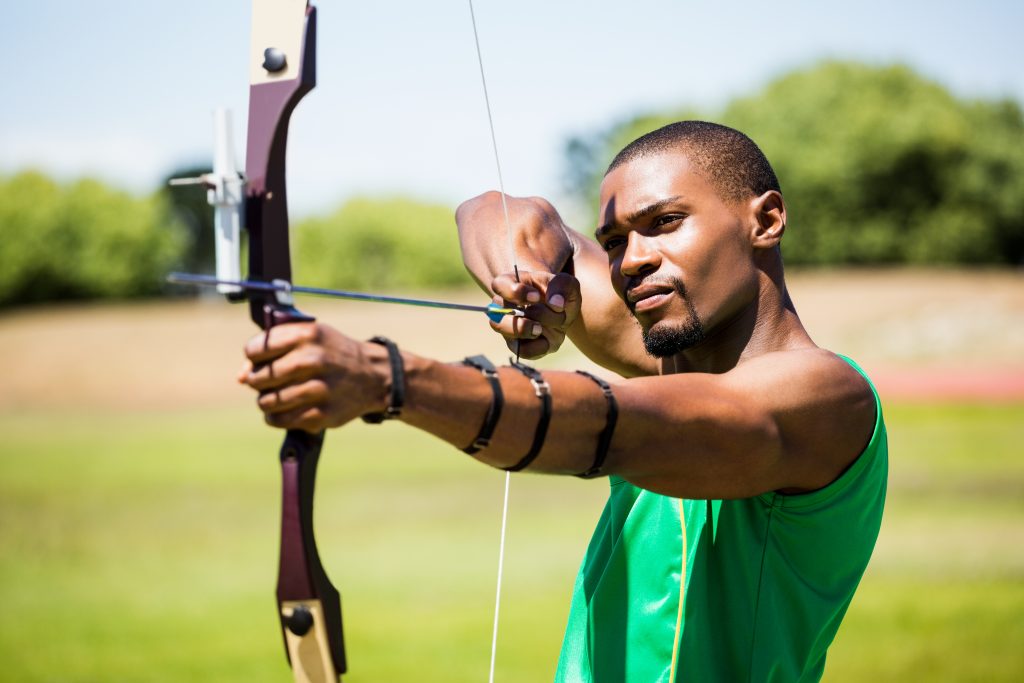
Practicing the skills you learn is crucial to mastering them and being able to perform them under pressure in a real-life survival situation. Here are a few ways you can practice to Improve your Survival Skills:
- Camping Trips: These provide a great opportunity to put many survival skills to the test. Whether it’s setting up a shelter, starting a fire without matches, or cooking food outdoors, camping is a great way to practice survival skills in a relatively controlled environment.
- Hiking: This is a great way to practice navigation skills. You can use a map and compass to find your way, practice identifying landmarks, and familiarize yourself with different types of terrain.
- In Your Backyard: Believe it or not, many survival skills can be practiced right at home. Try building a fire without matches, erect a makeshift shelter, or practice identifying edible plants or insects. If you have the space, you could even try building different types of traps or snares.
- First Aid Drills: Regularly refresh your memory and hone your skills on first aid procedures. This could involve anything from bandaging a wound, setting a splint, or performing CPR on a mannequin.
- Survival Scenarios: Set up simulated survival scenarios. For example, you could simulate being lost, having to navigate your way home, or having to find food and water.
- Classes and Workshops: Many organizations offer regular classes where you can practice survival skills under the guidance of experienced instructors. These can also provide opportunities to learn new techniques and receive feedback on your current skillset.
- Fitness: Regular exercise can keep you in shape and improve your endurance, which is crucial in a survival situation. Activities like running, swimming, and strength training can be especially helpful.
- Mindset: Mental strength is as important as physical skill in survival situations. Regularly challenge yourself, step outside your comfort zone, and practice calm decision-making under stress.
Remember, the goal of practicing is not just to learn the techniques, but to be able to perform them effectively under stress and without the assistance of modern tools and conveniences. Consistency is key – the more you practice, the more proficient you’ll become, and the more automatic these skills will feel if you ever need to use them in a survival situation. Practice to Improve your Survival Skills is wisdom.
Improve your Survival Skills with Fitness:

Survival situations often demand a high level of physical fitness. You might need to walk long distances, climb, carry heavy items, dig, or perform other strenuous activities. By maintaining a good level of physical fitness, you’ll be better equipped to handle these challenges and reduce the risk of injury. Here’s how to approach fitness to Improve your Survival Skills:
- Aerobic Fitness: Regular aerobic exercise increases your cardiovascular endurance, which can be crucial for long-distance walking, running, or any prolonged physical activity. Good options for aerobic exercise include running, cycling, swimming, or even brisk walking.
- Strength Training: Survival situations might require you to move large objects, build shelters, or carry a heavy backpack. Regular strength training can help prepare you for these tasks. This can include weightlifting, bodyweight exercises, or activities like rock climbing.
- Flexibility and Balance: Good flexibility can help prevent injuries, and balance is important for navigating uneven terrain. Yoga and Pilates can be excellent for improving both flexibility and balance.
- Functional Fitness: This focuses on building strength and endurance that’s useful for everyday tasks – or in the case of survival, tasks like building a shelter or collecting firewood. Exercises that use multiple muscle groups in a coordinated way are particularly beneficial.
- Outdoor Training: Whenever possible, exercise outdoors and in conditions similar to those you might encounter in a survival situation. This could include hiking, trail running, swimming in natural bodies of water, or outdoor strength workouts. This helps you acclimate to weather conditions and rough terrain.
- Nutrition: Good physical fitness isn’t just about exercise – nutrition plays a crucial role too. Ensure you’re eating a balanced diet with plenty of protein for muscle recovery, carbohydrates for energy, and fruits and vegetables for vitamins and minerals.
- Rest: Don’t underestimate the importance of rest. It’s essential for muscle recovery and overall wellbeing. Aim for good quality sleep each night, and try to incorporate rest days into your workout schedule.
- Regular Check-ups: Regular medical check-ups will ensure that you are in good health and can endure the physical stress in survival situations.
Before starting a new exercise regimen, it’s advisable to consult with a healthcare provider or a fitness professional, especially if you have underlying health conditions. Start slow, and gradually increase the intensity and duration of your workouts as your fitness improves. Remember, consistency is key when it comes to fitness. Regular, moderate exercise will benefit you more in the long run than occasional, intense workouts.
Proper Mindset will Improve your Survival Skills:
Develop the right mindset. Survival is as much about mental strength as it is about physical abilities. Learn to stay calm in high-stress situations to Improve your Survival Skills.
Surviving in a challenging situation often comes down to mindset as much as physical ability. It’s important to develop a survival mindset that can help you stay calm, focused, and determined in high-stress situations. Here’s how you can work on building the right mindset:

- Positive Mental Attitude: Maintain a positive mental attitude. Believing in your ability to survive and maintaining hope can be incredibly powerful, helping to overcome fear, panic, and despair.
- Stress Management: Learn to manage stress and stay calm under pressure. Techniques such as deep breathing, meditation, or progressive muscle relaxation can help reduce anxiety and keep a clear mind. In high-stress situations, being able to think clearly is vital.
- Embrace Discomfort: Regularly step outside of your comfort zone. This could involve taking cold showers, going camping in harsh weather, fasting for a day, or tackling challenging physical activities. The goal is to get comfortable with being uncomfortable.
- Situation Assessment: Learn to quickly and calmly assess your situation. In a survival scenario, you should be able to prioritize your needs (shelter, water, food, etc.), and plan your actions accordingly.
- Adaptability: Be adaptable. Things may not always go as planned, so being flexible and ready to adapt to changing conditions or unexpected obstacles is crucial.
- Learn from Mistakes: Don’t be afraid to make mistakes, and more importantly, be ready to learn from them. Each mistake is a learning opportunity that can improve your skills and decision-making in the future.
- Mental Toughness: Regularly engage in activities that challenge your mental endurance. This could involve physical activities such as long-distance running, or mental activities such as puzzles and games that require focus and perseverance.
- Visualization: Visualization is a powerful tool that can help prepare you for different scenarios. Visualize yourself successfully navigating through various survival situations. This can help build confidence in your abilities and can help you react more effectively in real-life scenarios.
- Knowledge and Skill Confidence: Having confidence in your survival skills and knowledge can greatly impact your mindset. Regularly practicing your skills not only improves your abilities but also builds confidence that you can rely on these skills when needed.
- Gratitude: Practicing gratitude can help you maintain a positive outlook. Even in survival situations, there are often things to be grateful for, like a sunny day for travel or finding a good water source.
Remember, developing the right mindset doesn’t happen overnight. It takes time, practice, and patience. The key is to constantly challenge yourself and strive for growth, even when it’s uncomfortable will help to Improve your Survival Skills.
Improve your Survival Skills with a proper Survival Kit:
A survival kit is a package of basic tools and supplies prepared in advance as an aid to survival in an emergency situation. Typically, it includes items for shelter, warmth, nutrition, hydration, navigation, and first aid. Here are some key components of a survival kit:

- Knife: A good knife is one of the most important tools in a survival situation. It can be used for cutting cordage, preparing food, making tools, and more. It’s best to choose a high-quality, full-tang knife that can withstand heavy use.
- Fire Starter: This could be a lighter, waterproof matches, or a fire steel. These tools can help you start a fire for warmth, cooking, sterilization, and signaling.
- First Aid Supplies: Your kit should include bandages, antiseptic wipes, tweezers, medical tape, pain relief medication, and any personal medication you may need. A compact first aid guide can also be very useful.
- Compass and Map: A reliable compass and a map of the area you’ll be in are essential for navigation. Remember to keep your map in a waterproof container or bag.
- Emergency food and water: This could include high-energy bars, MREs (Meals Ready to Eat), or other compact and non-perishable food items. Also, consider including water purification tablets or a compact water filter, alongside some emergency water pouches.
- Multi-tool: A multi-tool can provide you with many helpful tools in one compact package, like a can opener, scissors, saw, screwdriver, etc.
- Shelter Material: This can be a lightweight tarp, a space blanket, or a bivy sack. Even a large, heavy-duty garbage bag can be fashioned into a shelter or used as a rain poncho.
- Cordage: Paracord or other strong, lightweight cordage can be used for a multitude of things like building shelters, setting up snares, or hanging food away from wildlife.
- Signaling Devices: This could be a whistle (which can be heard further away than a shout), a signal mirror, or a flare.
- Light Source: Include a reliable flashlight or headlamp, and consider packing some long-burning candles as well.
- Personal Items: Depending on the situation, you might also include personal items such as copies of important documents, cash, extra clothing, or hygiene supplies.
When packing a survival kit, consider the specific needs of your group (including any medical conditions), the environment you’ll be in, and the likely challenges you’ll face. Check and update your kit regularly to replace expired items and ensure everything is in good working order.
It’s also crucial to know how to use everything in your kit. Familiarize yourself with these tools in a safe and controlled setting before you actually need to use them in a survival situation. Remember, the most important item in your survival kit is your knowledge and your will to survive.
Gain Local Knowledge to Improve your Survival Skills:
Learn about the specific environment you will be in. Different environments (desert, mountain, forest, etc.) require different survival skills.
Each environment poses unique challenges and requires specific skills and knowledge to navigate successfully. Whether you’re in a desert, forest, mountain, or arctic environment, you’ll need to understand the local climate, fauna, flora, potential hazards, and survival techniques relevant to that area to Improve your Survival Skills.
- Desert Survival: In desert environments, water scarcity is the most critical issue. You’ll need to understand how to find and conserve water, protect yourself from the sun and heat during the day, and stay warm during chilly nights. Knowing how to navigate using celestial bodies can also be helpful as many deserts have clear skies. Local fauna, like snakes or scorpions, can pose risks, so learn about the dangerous species in the area and how to avoid them.
- Mountain Survival: In mountainous regions, you’ll face challenges like altitude sickness, rapidly changing weather conditions, and challenging terrain. You should know how to navigate difficult terrains safely, recognize and avoid avalanche-prone areas, and understand how to acclimate to high altitudes. Knowledge about setting up secure shelters in windy conditions and identifying mountain-specific edible plants or signs of wildlife can be beneficial.
- Forest Survival: In a forest or jungle environment, you have a better chance of finding food and water, but navigation can be more challenging due to dense vegetation. Understanding how to build shelters from branches, identifying edible plants and fruits, protecting yourself from insects and other wildlife, and navigation techniques using natural markers are crucial.
- Arctic or Cold-Weather Survival: Cold weather environments present the risk of hypothermia and frostbite. Skills like building snow shelters, starting and maintaining fires in snowy conditions, recognizing signs of cold-related illnesses, and staying dry are key. Also, understanding how to navigate on ice and snow and being aware of hazards like thin ice or snow-covered crevasses is critical.
Local knowledge can be gained through a variety of sources:
- Research: Utilize books, websites, and documentaries about the specific environment you’ll be in. Study the geography, climate patterns, and indigenous flora and fauna.
- Courses and Workshops: Enroll in survival courses or workshops focused on the specific environment.
- Guides and Locals: Talk to local guides, park rangers, or residents who are familiar with the area. They can provide first-hand knowledge that might not be available in books or online.
- Experience: Nothing beats personal experience. Take short trips to the environment in question to get a feel for the terrain, climate, and challenges.
Regardless of the environment, always let someone know where you are going, your planned route, and your expected return time. Always carry a map and compass, and GPS if available, and know how to use them. Carry a well-stocked survival kit and dress appropriately for the weather and environment.
Learn Hunting and Gathering to Improve your Survival Skills:
Having basic knowledge about hunting, fishing, and gathering can increase your chances of survival when food sources are scarce. Here’s a detailed look at each of these to Improve your Survival Skills:
- Hunting and Trapping: Knowing how to catch small game can provide you with a valuable protein source. Trapping is often more energy-efficient than hunting:
- Snares: A snare is a trap that tightens around an animal as it moves through. They are easy to set up with some wire or strong cordage and can be set up in multiple locations at once.
- Deadfalls: These are gravity-powered traps that crush or trap small animals beneath a heavy weight. You’ll need a trigger mechanism and bait to lure the animal.
- Hunting Skills: If you have a hunting weapon (like a bow, slingshot, or firearm), knowing how to use it properly is crucial. Learn how to track animals, aim accurately, and ensure a quick and humane kill.
- Local Knowledge: Familiarize yourself with the animals in your area, their habits, and tracks. This can increase your success rate in trapping or hunting.
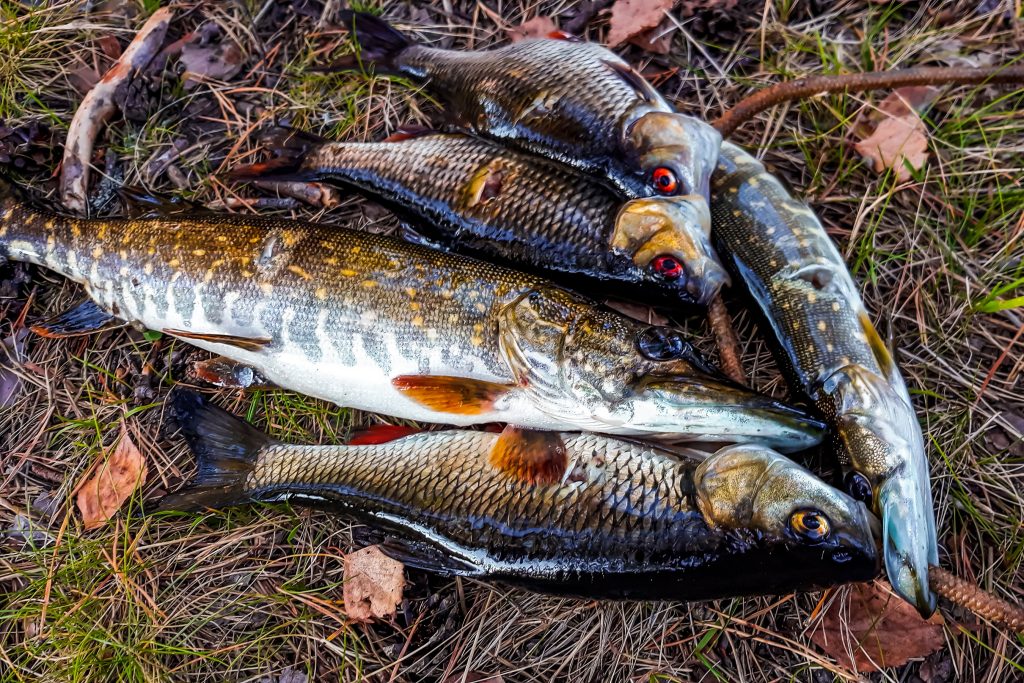
- Fishing: Fish are a great source of protein and relatively easy to catch with the right knowledge:
- Fishing Rod: If you have a fishing rod and line, great. If not, you can make a primitive fishing pole from a long stick, some cordage, a hook (or improvised hook), and bait.
- Fishing Nets: If available, a net can catch multiple fish at once.
- Fish Traps: Weirs and basket traps can be constructed in shallow water to trap fish.
- Hand Fishing: In some cases, you may be able to catch fish by hand, although this requires skill and patience.
- Gathering: The ability to identify and gather edible plants, nuts, berries, and mushrooms is a critical survival skill:
- Plant Identification: Learn to identify common edible plants in your area. Guidebooks or workshops can be helpful for this. Remember, never consume a plant unless you’re 100% certain it’s safe to eat.
- Seasonal Knowledge: Know when different plants and fruits are in season in your area.
- Nutrition Knowledge: Understand the nutritional content of different plants. Some provide more calories or protein than others.
- Dangerous Plants: Learn to identify and avoid poisonous or harmful plants.
- Cooking Knowledge: Some wild edibles need to be cooked or prepared in a certain way to be safe to eat. Make sure you know how to prepare the plants you’re gathering.
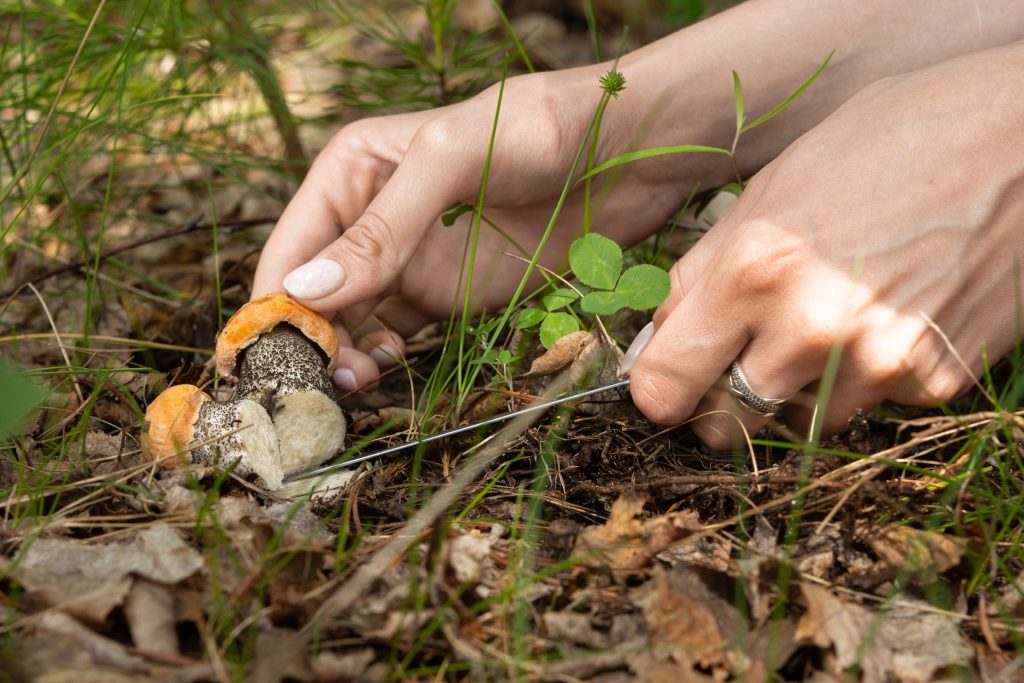
Remember, hunting, fishing, and gathering all have legal and ethical considerations. Always follow local laws and regulations, and aim to minimize suffering for any animal you hunt or trap. It’s also important to consider the sustainability of your actions and avoid depleting resources in any one area.
Develop a Community to Improve your Survival Skills:
Joining a community of individuals interested in survival skills can be a valuable part of your learning journey. Here’s how and why it can be beneficial to Improve your Survival Skills:
- Shared Knowledge: Communities, whether online or in-person, offer a platform for sharing knowledge and experiences. You can learn from the experiences of others, ask questions, and get advice on specific issues you may encounter.
- Support and Encouragement: Learning new skills can be challenging, and having a supportive community can make a significant difference. They can offer encouragement, help you through difficulties, and celebrate your achievements.
- Practical Experience: Many survival skills communities organize events, meetups, or excursions that can provide hands-on experience. This could include wilderness outings, workshops, or survival challenges.
- Updates and News: Communities often share updates about new equipment, techniques, or important news related to survival skills.
- Networking: Being part of a community gives you the opportunity to meet and connect with like-minded individuals. These connections can lead to friendships, mentorships, and collaborations.

Here are a few ways to join such communities:
- Online Forums and Social Media Groups: Websites such as Reddit or platforms like Facebook often have groups dedicated to survival skills.
- Local Clubs or Meetups: Check if there are local groups or clubs in your area that meet regularly. Websites like Meetup.com can help you find these.
- National or International Organizations: There may be larger organizations focused on survival skills that offer resources, events, or courses.
- Courses and Workshops: Taking part in organized survival courses or workshops is another great way to meet people interested in the same skills.
Remember, when joining any community, it’s essential to respect the rules and norms of the group, contribute positively, and be respectful of others’ experiences and perspectives. This sharing will help to Improve your Survival Skills.
Wilderness versus Urban Survival Skills
While both wilderness and urban survival situations require a basic set of skills, such as problem-solving, resourcefulness, and the ability to remain calm under pressure, the specific techniques and challenges can differ significantly due to the environment. You must Improve your Survival Skills in both wilderness and urban situations.
Wilderness Survival:
Wilderness survival skills are generally focused on surviving in a natural environment. This might be in the event of getting lost on a hike, surviving a natural disaster in a remote area, or any other scenario where help isn’t readily available.
Key Skills include:
- Building a shelter or finding a suitable place to take refuge.
- Fire starting for warmth and cooking.
- Finding and purifying water.
- Hunting and foraging for food.
- Navigating using natural landmarks or tools like a compass.
- Understanding local wildlife and plants, both for potential food sources and for dangers.
- Administering first aid with limited supplies.
Urban Survival:
Urban survival skills, on the other hand, are focused on surviving in a built environment, often in the aftermath of a disaster like an earthquake, hurricane, or man-made event.
Key Skills include:
- Finding safe shelter amidst buildings and other man-made structures.
- Locating sources of water (e.g., in hot water heaters, toilet tanks).
- Scavenging for food in abandoned stores or homes.
- Navigating a city or built environment.
- Understanding potential dangers in an urban environment (e.g., downed power lines, gas leaks).
- Knowing how to stay safe around others, as large-scale disasters can sometimes lead to civil unrest.
- Using common urban materials and items in creative ways to meet survival needs.

Similarities:
- Both require a survival mindset, which includes staying calm, being resourceful, and making decisions under pressure.
- Both need knowledge of basic first aid.
- In both scenarios, you need to understand how to find or create shelter, obtain water and food, and protect yourself from potential hazards.
Differences:
- The type of shelter, food, and water sources will typically differ between urban and wilderness survival scenarios.
- Navigation techniques and challenges can vary significantly.
- Potential dangers and how to mitigate them will be different in a wilderness versus an urban setting.
- Urban survival may require more interaction with other people, which can introduce additional social and safety dynamics.
- In wilderness survival, knowledge about local wildlife, plants, and natural landscapes is crucial, while urban survival requires a good understanding of man-made structures and common city resources.
Both types of survival skills are important to learn and can complement each other well. The specific skills you focus on might depend on the type of environments you usually find yourself in, or the scenarios you are most likely to encounter.
Remember, the key to how you improve your survival skills is a combination of knowledge acquisition, practical application, and consistent practice. Keep in mind, it’s always important to inform someone about your plans whenever you venture into the wilderness, no matter how confident you are in your survival skills. Safety should be your top priority.
